An article on the National Review, rightly points out that given teenagers’ natural inclination to rebel and be curious about any forbidden behavior, the approach that American policymakers and activists’ are taking to combat teen vaping, is very likely being counterproductive.
The article rightly points out that “..telling adolescents that youth vaping is an “epidemic” (i.e., all your friends are doing it) — but that it is a risky habit meant only for adults (i.e., it’s cool) — hasn’t worked.” After years of steady decline in the numbers of teen vaping, rates have spiked again in 2018 and 2019, in line with the increase in awareness and numerous teen vaping campaigns.
“As I argue in a new study, youth experimentation with vaping increased not in spite of anti-vaping messaging but because of it. If we want to reduce teen interest in vaping, we shouldn’t give anti-vaping campaigns more money; we should end them,” adds the author.
She adds that this inclination to rebel against authority is called “reactance” in psychology, and there are many examples of this in US history, such as D.A.R.E., an 1980s-era anti-drug campaign. Previous research has indicated not only did this campaign not discourage teens from drinking and/or using drugs, but it made them more likely to engage in these behaviours.
Personality factors play a major role in substance use
In line with this article, many addiction experts keep pointing out that personality factors play a major role in experimentation with substances, hence why the availability of safer alternatives is important. For example in the case of tobacco use, if teens experiment with e-cigarettes rather than regular cigarettes, it is still a public health victory, given that research has indicated their relative safety. And multiple studies have indicated the same patterns.
In fact, data released by the CDC last December, had shown that all the flavour bans being set in place across the US, may be doing little to decrease teen vaping rates. “Among students who reported ever having tried e-cigarettes, the three most common reasons for use were “I was curious about them” (55.3%), “friend or family member used them” (30.8%), and “they are available in flavors, such as mint, candy, fruit, or chocolate” (22.4%).
Among students who never used e-cigarettes, 39.1% were curious about using e-cigarettes and 37.0% were curious about smoking cigarettes,” reported the CDC website, highlighting that curiosity remains the main instigator of teen vaping.
The “cool” factor
Similarly, a recent study from the University of Michigan, has shown that as was the case with cigarette smoking in the past, the main motivator behind teen vaping is the “cool” factor derived from using e-cigarettes. The researchers of this study found that nearly two-thirds of the participants said that the social aspects of vaping, or rather “looking cool”, is what drives them to use Juul and other electronic devices. Less than 5% of the participants mentioned the availability of fruity flavours as a motivator for them to start vaping.
Vapesourcing Opinion:
The flavor ban has not achieved the desired effect. Instead, there are more minors who smoke e-cigarettes. At the same time, it also prevents adults from using e-cigarettes to quit smoking.







































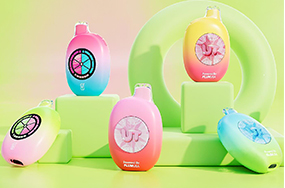



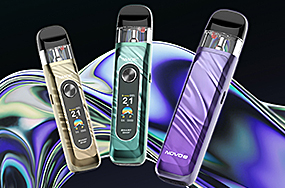
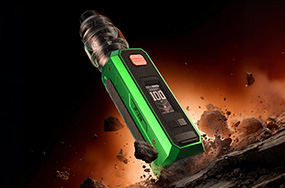
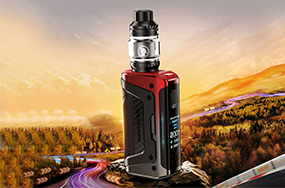
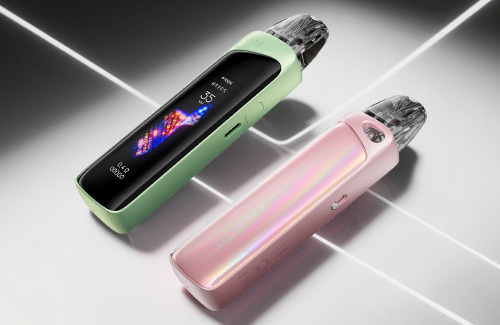
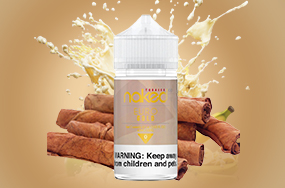


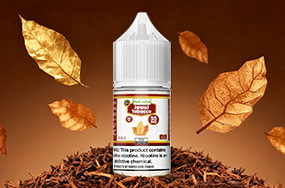
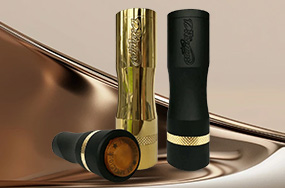




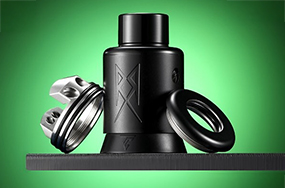
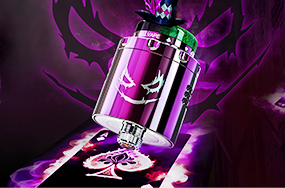
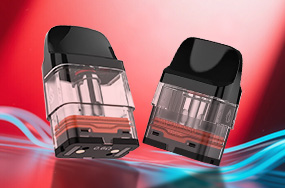


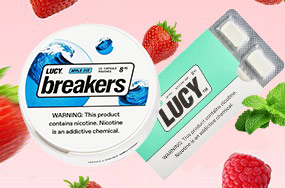
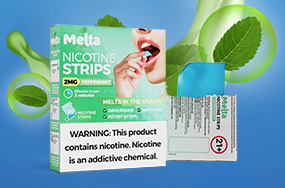

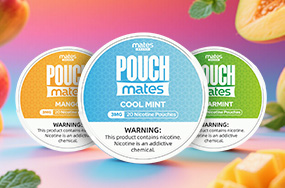
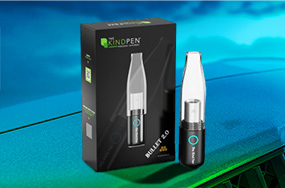
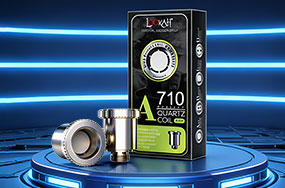
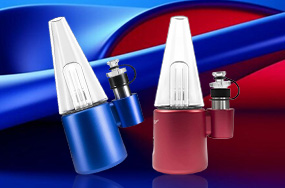






comments